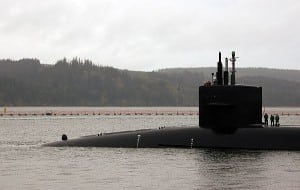
The fiscal year 2017 budget, the last for the outgoing Obama administration, is still a week from officially going public, but Rep. Randy Forbes (R-Va.) is predicting the spending plan will reflect a shift in strategic thinking toward a larger Navy, to include support for a special fund for future submarines.Forbes, who chairs the House Armed Services Subcommittee on Seapower and Projection Forces, told reporters Tuesday that both Pentagon officials and lawmakers have undergone an “intellectual shift” toward increasing the…

 By
By 









